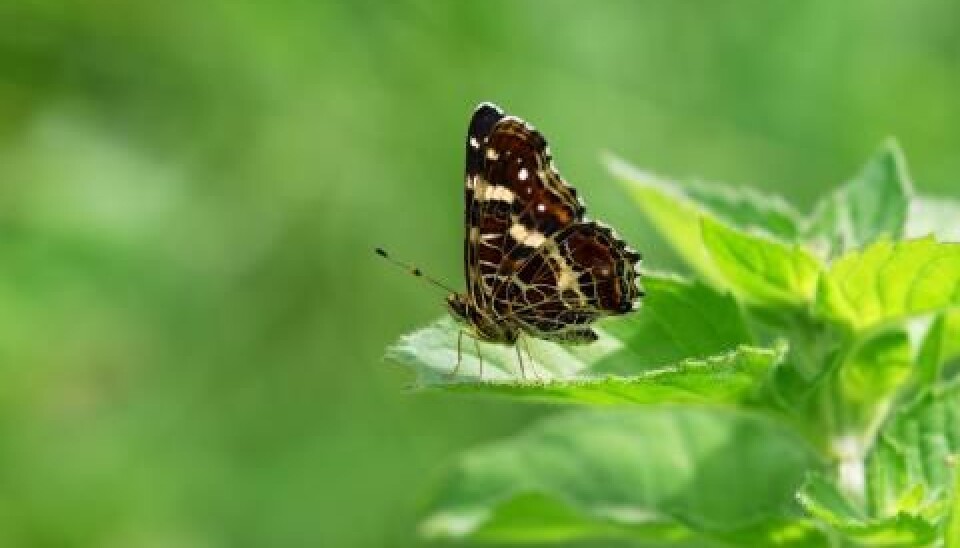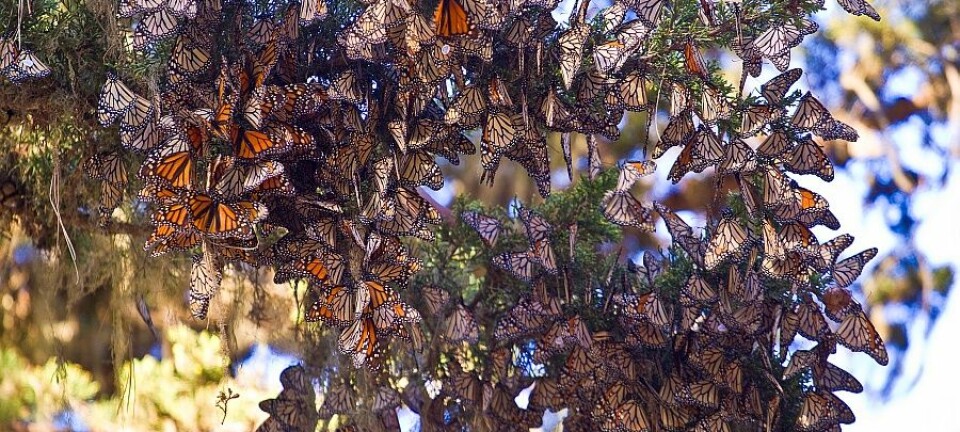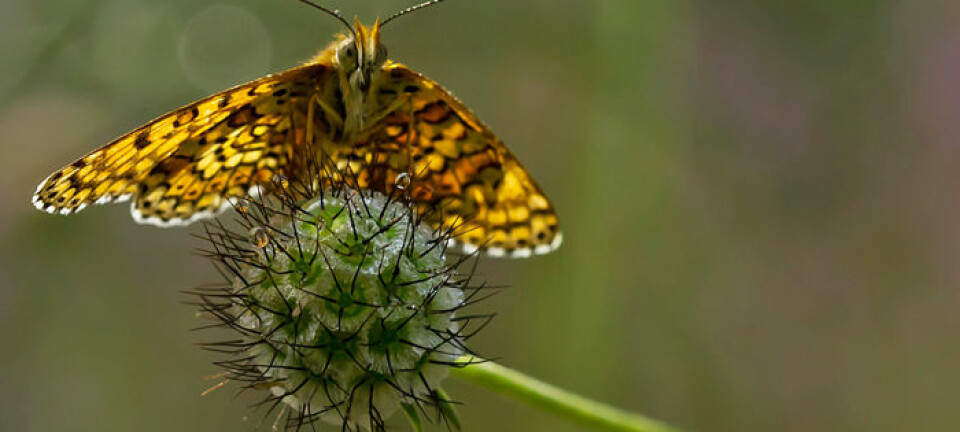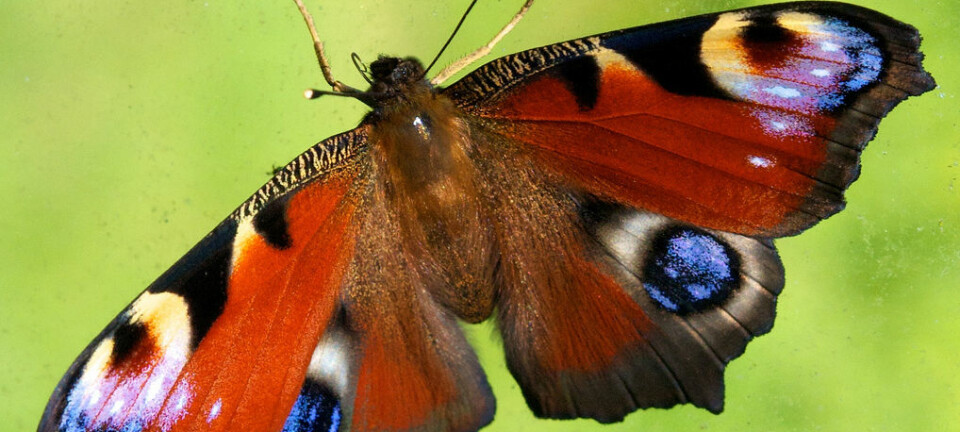
Saving butterfly meadows
They are hit hard by modern land management, but butterflies can be saved by simple practical measures.
Intensive agriculture and land use changes have made farms more profitable - but butterflies are paying the price. Disappearing hay meadows and abandoned grasslands that have been transformed into dense forests are drastically shrinking suitable habitats. A lack of mature, open grasslands reduces the availability of nectar resources for adult butterflies and edible plants for caterpillars.
A recent Swedish study reveals that half of the butterfly fauna in some local areas of southern Sweden has been lost during the last 60-100 years. The study includes a comparison of current and previous datasets from five butterfly surveys.
Markedly reduced nectar resources
“Overall, the changed and intensified land use has markedly reduced the availability of nectar resources in the landscape,” the researchers report.
“Grazed, mixed open woodlands have been transformed into dense coniferous forests, and clear-cuts and domestic grazers have been relocated from woodlands to arable fields and semi-natural grasslands. Ley has increased rapidly and is repeatedly used for bale silage during the season.”
With the disappearance of key butterfly habitats such as hay meadows, the butterfly population has been hit hard. Species that are declining in Sweden are struggling or already extinct in other parts of Europe.
Measures to boost butterflies
The Swedish researchers suggest a number of practical measures to boost butterfly numbers.
"A simple and very effective measure is to delay verge cutting till the end of summer. This gives time for the butterflies to hatch as well as leaving sufficient food," says Lars Petterson, a lecturer at Lund University.
Other measures include rotational grazing – each year leaving some of the grassland to mature for the benefit of butterflies and other insects. Even common gardens can become sanctuaries, by providing plants such as thyme, oregano or teasels.
Urgent need
"The negative trend can be reversed," Petterson insists.
"For instance, in Belgium the butterfly population has been declining for years, but is now showing improvement."
However, action is needed now, the researchers warn.
“There is an urgent need for immediate action to preserve unfertilized, mown and lightly grazed grasslands,” the report states.
“It is also crucial to encourage that management of abandoned grasslands resumes before it is too late.”








